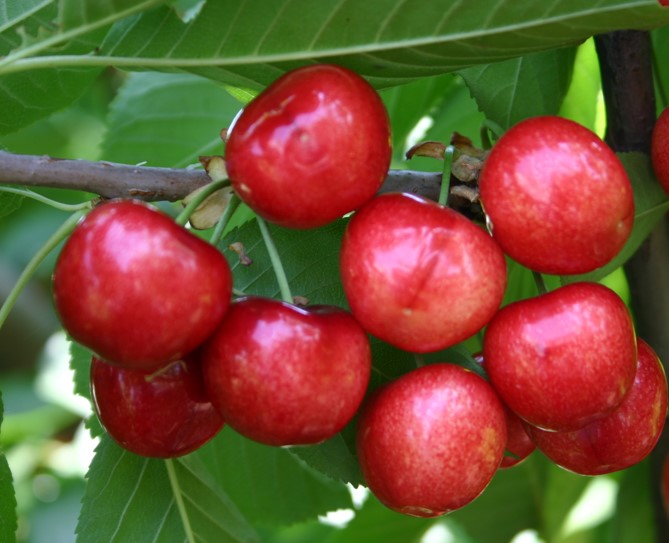To document the development of new "CITH" varieties, ICAR- Central Institute of Temperate Horticulture Kashmir (India) initiated a rigorous investigation starting in 1996 under the Project "Survey, Collection, Characterization, and Documentation of Temperate Fruit Crops".
The institute has identified and collected variability from the century-old varieties Biggareau Napoleon, Bigarreau Noir Grossa, Guigne Noir Hative, etc. Currently, the institute has a germplasm bank with 30 genotypes of sweet and sour cherries.
Of these, four promising genotypes have been identified, namely, CITH-Cherry-03, CITH-Cherry-05, CITH-Cherry-07, and CITH-Cherry-09. The CITH-Sweet cherry clones, selected from the Double and Misri varieties, bear larger fruits and are attractive in shape and color with a high total soluble solids content and pulp/stone ratio. The new varieties are of good quality with high fruit set (50-80%) under normal conditions.
For more information on CITH varieties, download the PDF here
Cherry Times - All rights reserved










